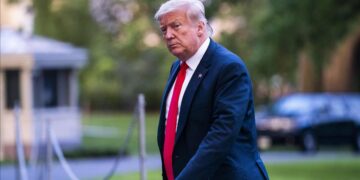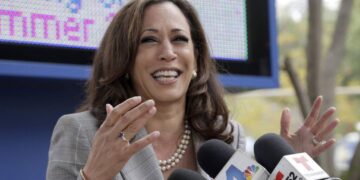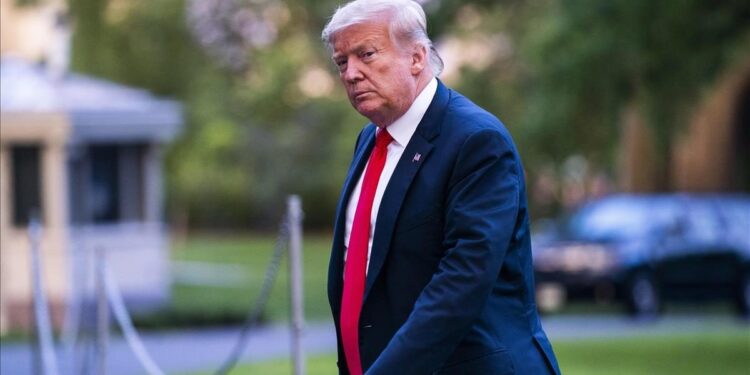President Donald Trump regularly thumps his chest and claims credit for each new uptick of the fast-growing US economy. But when it comes to economic performance, the country’s presidents have considerably more influence over long-term trends than over short-term fluctuations.
Trump’s tax cuts and spending hikes have indeed provided extra short-term stimulus. So, too, apparently, have foreign buyers of American products such as soybeans, who are rushing to stock up before the tariff war fully heats up.
Still, it is not easy to speed up a $20tn economy, even by running a budget deficit of nearly $1tn, as Trump’s administration is doing. In fact, short-term fluctuations in business inventories have arguably stymied growth as much as other factors have temporarily propped it up.
In a cantankerous political environment, it is not easy to think about the long term. But thanks to the magic of compound interest, measures that marginally raise long-term growth matter a lot. For example, the transportation deregulation policies of Jimmy Carter’s administration in the late 70s set the stage for the internet retail revolution. Ronald Reagan’s massive tax cuts in the 80s helped restore US growth in the ensuing decades – but also exacerbated inequality trends. And Barack Obama’s efforts (and before him George W Bush’s) to contain the damage from the 2008 financial crisis underpin the strong economy for which Trump wants to take full credit.
What will be the cumulative effect of Trump’s economic policies on the economy 10 years from now? Political ruckus aside, the jury remains out.
Let’s start with the probable positive side of the ledger. The end-of-2017 corporate tax reform was one of those rare instances where the US Congress comprehensively streamlined and improved the US’s byzantine tax system, though the corporate tax rate should have been set at 25%, not 21%.

Obama would probably…
The latest trend and news for the people by the people. Left right and center all in one place.

































































